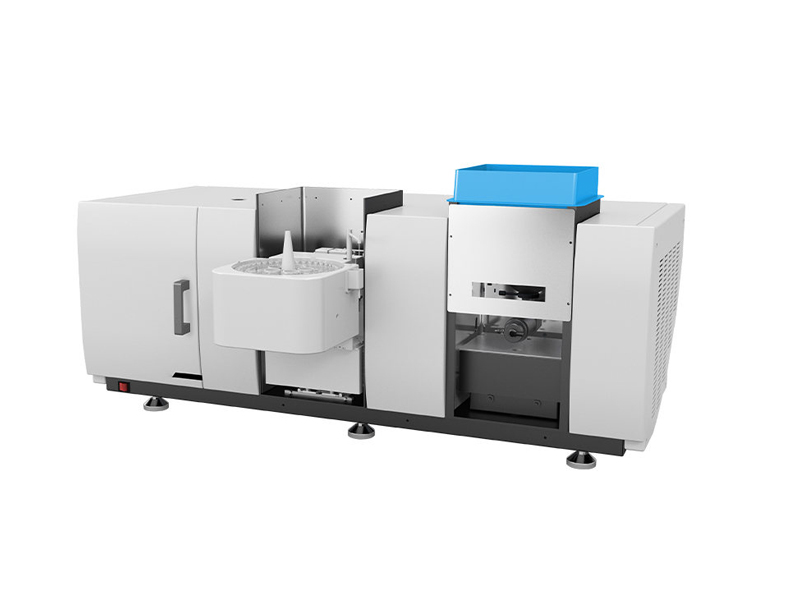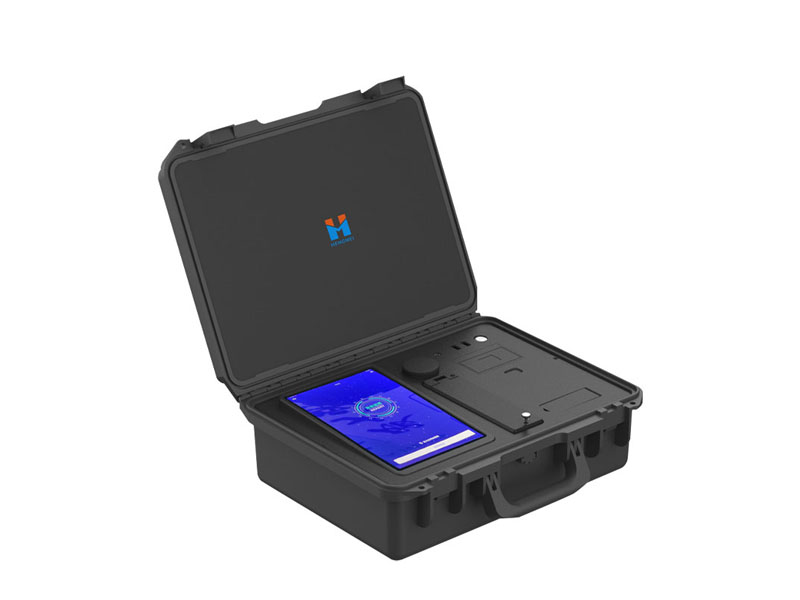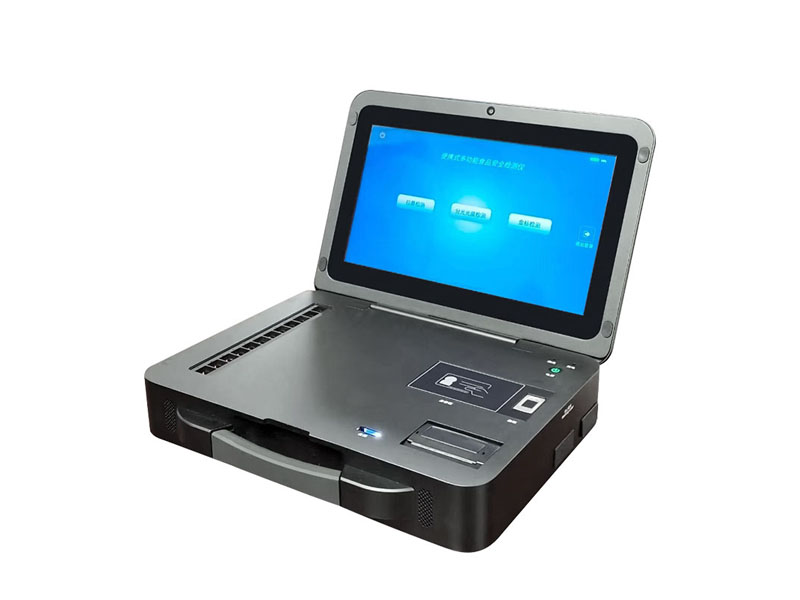With the development of miniaturization and high-density integration of electronic devices, internal defects of components such as virtual soldering, bubbles, and cracks have become the core risks affecting product reliability. Traditional destructive detection methods are inefficient, while industrial CT equipment has limitations such as high cost and poor flexibility. The Hengmei portable X-ray detection system provides an efficient internal structure non-destructive testing solution for electronic manufacturing, maintenance, and quality control processes, thanks to its micro focus imaging technology and mobility advantages. This article systematically explains the principle, implementation process, and typical application scenarios of this technology.

Types and detection challenges of internal defects in electronic components
Key defect types:
Welding defects: solder ball voids, virtual soldering, bridging in BGA/CSP packaging
Abnormal wire bonding: gold/copper wire breakage, arc height deviation, solder joint detachment
Damage to packaging structure: chip cracking, substrate delamination, and sealing adhesive bubbles
Foreign matter contamination: metal debris, fiber residue
The limitations of traditional detection methods:
Visual inspection: unable to observe the internal structure of the package
Electrical performance testing: can only indirectly infer defects, cannot locate physical failure points
Destructive Physical Analysis (DPA): Sample destruction, time-consuming (several hours/piece), high cost
Fixed X-ray equipment: samples need to be transported to the testing room, making it difficult to support real-time sampling or on-site maintenance on the production line
Core technological advantages of Hengmei portable X-ray machine
Hengmei System breaks through the bottleneck of detection through three technological innovations:
Microfocus X-ray source (<5 μ m focal size)
Using tungsten targets or rhenium tungsten alloy targets, generate high-resolution radiation beams under low voltage conditions below 90kV. The micro focus design enables the system to clearly distinguish micro sized bubbles (typical detection limit: φ 15 μ m) within the solder joints of 0201 (0.6 × 0.3mm) size components.
Dynamic imaging of digital flat panel detector
Equipped with amorphous silicon (a-Si) or CMOS digital detectors, supporting real-time fluoroscopy and static imaging dual-mode. The 16 bit grayscale depth can distinguish the contrast difference between SnAgCu solder (high-density) and FR-4 substrate (low-density), with a layered structure detection rate of 99.2% (verified according to IPC standards).
Multi axis adjustable robotic arm and geometric magnification
The unique 5-degree-of-freedom robotic arm allows for precise adjustment of the relative position between the X-ray tube and detector. By shortening the sample source distance (SOD) and extending the source detector distance (SDD), a geometric magnification of up to 200 x can be achieved, making the infiltration of QFN sidewall solder joints clear and distinguishable.
Implementation process of professional testing plan
Step 1: Optimize detection parameters
Voltage/current selection:
Thin PCB (<1.6mm) is suitable for 50-70kV/0.1mA, while high-density modules (such as IGBT) require 80-90kV/0.3mA to penetrate the copper heat dissipation layer
Filter configuration:
Add 0.1mm copper filter to suppress low-frequency stray radiation and improve image signal-to-noise ratio
Geometric zoom setting:
Calculate the magnification using the formula $M=\ frac {SDD} {SOD} $, ensuring that the target feature size is greater than 3 pixels (e.g. 5 μ m focus corresponds to a minimum recognition feature of 15 μ m)
Step 2: Sample positioning and imaging
Fix the PCBA to be tested on the rotating table and adjust the robotic arm to allow the beam of radiation to vertically penetrate the detection area
Activate real-time perspective mode for coarse scanning and positioning, locking in suspected defect areas
Switch to high-resolution static imaging mode and capture multi angle projections (typical: 0 °, 45 °, 90 °)
Using Limited Angle Tomography for stacked structures (such as connector pins)
Step 3: Image Processing and Defect Analysis
Contrast Enhancement: Apply CLAHE (Contrast Constrained Adaptive Histogram Equalization) algorithm to highlight weak density differences
Defect intelligent recognition:
Solder ball cavity: a circular low-density area with an area ratio greater than 10% is considered to have failed (according to J-STD-001 standard)
Substrate layering: irregular sheet-like dark areas with "cloud like" features at the edges
Gold wire fracture: sudden truncation of wire diameter or collapse of arc height (compared to Golden Sample database)
3D reconstruction: Reconstruct Z-axis tomographic images through multi angle projection data (applicable to BGA hidden solder joints)
Step 4: Result output and disposal
Generate inspection reports with annotations, indicating defect coordinates, dimensions, and types
Instant classification and disposal: qualified parts flow into the next process; Suspected defective parts are marked with re inspection positions; Confirm the isolation analysis of failed components
Upload data to MES system, associate production batches for process capability (CPK) analysis
The Hengmei portable X-ray detection system redefines the analysis paradigm for internal defects in electronic components. Its micro focus imaging capability can analyze micro scale structural features, and its mobility design supports full scene coverage from the laboratory to the production line terminal. Combined with intelligent image processing algorithms, this system has become a core tool for process quality control (PQC) and root cause analysis (RCA) in high reliability electronic product manufacturing. With the continuous upgrading of AI defect automatic recognition modules, this technology will further promote the development of electronic detection towards intelligence and high precision.
Article address:https://www.spectrometer.top/solu/31.html


 Current
location:
Current
location:









